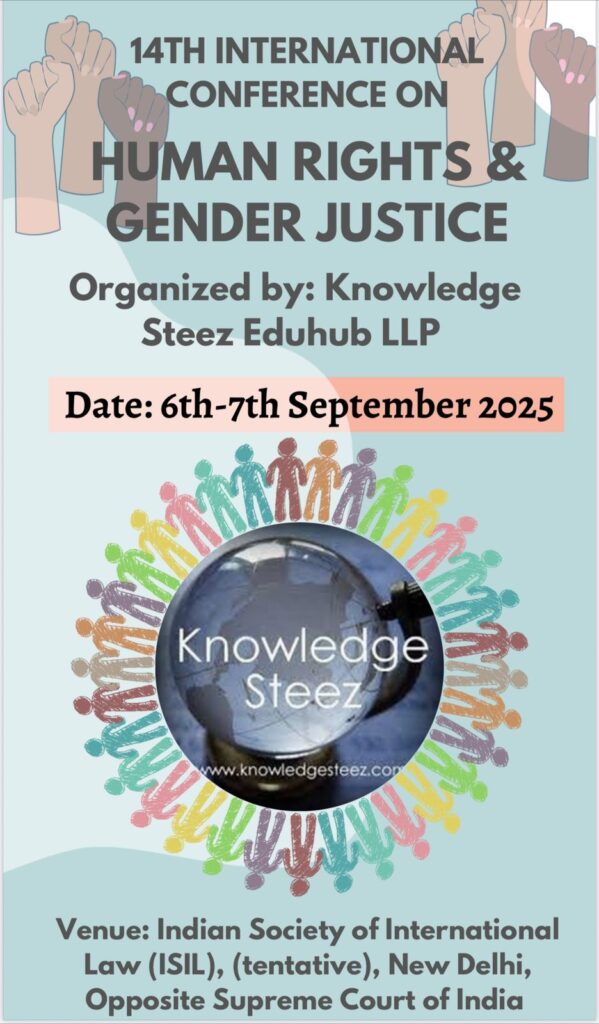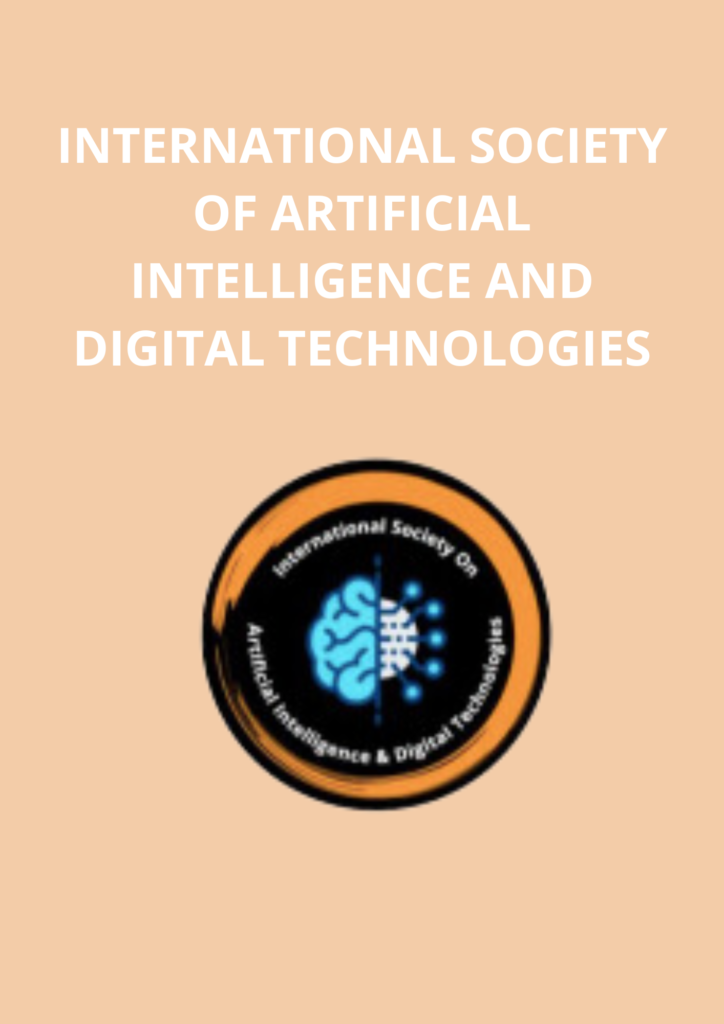Photoacoustic imaging
Photoacoustic imaging is a technique that merges the high spatial resolution of optical imaging with the deep tissue penetration of ultrasound. This hybrid approach has garnered significant interest in the scientific community for its potential applications in medical diagnostics, biological research, and material science. This imaging technique uses low-energy nanosecond pulses of visible or near-infrared laser light to generate broadband ultrasound waves: in tissue for example, the absorption of light pulses by chromophores excites acoustic waves, resulting in the conversion of optical energy in acoustic signals. Photoacoustic imaging provides detailed insights into the structural, functional, and molecular composition of tissues and materials; recent advancements in laser technology, ultrasound detection, and image reconstruction algorithms have driven the field forward, enabling higher resolution, greater depth, and more precise imaging capabilities. By encoding optical absorption into acoustic waves, photoacoustic imaging overcomes the depth and resolution limitations of purely optical imaging methods, while maintaining the high molecular contrast and spectral specificity of these optical methods – which allow for the visualisation of features that other imaging techniques (e.g. ultrasound) cannot distinguish.
This Collection welcomes original research in photoacoustic imaging, showcasing the latest advances in design, development, and applications of such systems.
Submitting a paper for consideration
To submit your manuscript for consideration at Scientific Reports as part of this Collection, please follow the steps detailed on this page. On the first page of our online submission system, under “I’m submitting:” select the option “A research article”. Under the “Details” tab, authors should select the Collection title: “Photoacoustic imaging” from the drop-down option. Authors should express their interest in the Collection in their cover letter.
Please ensure that your manuscript is submitted before midnight GMT on the listed deadline date. This submission system will close at exactly 00:00 GMT on the following day, so late submissions cannot be accepted.
Accepted papers are published on a rolling basis as soon as they are ready.
For more details refer here









